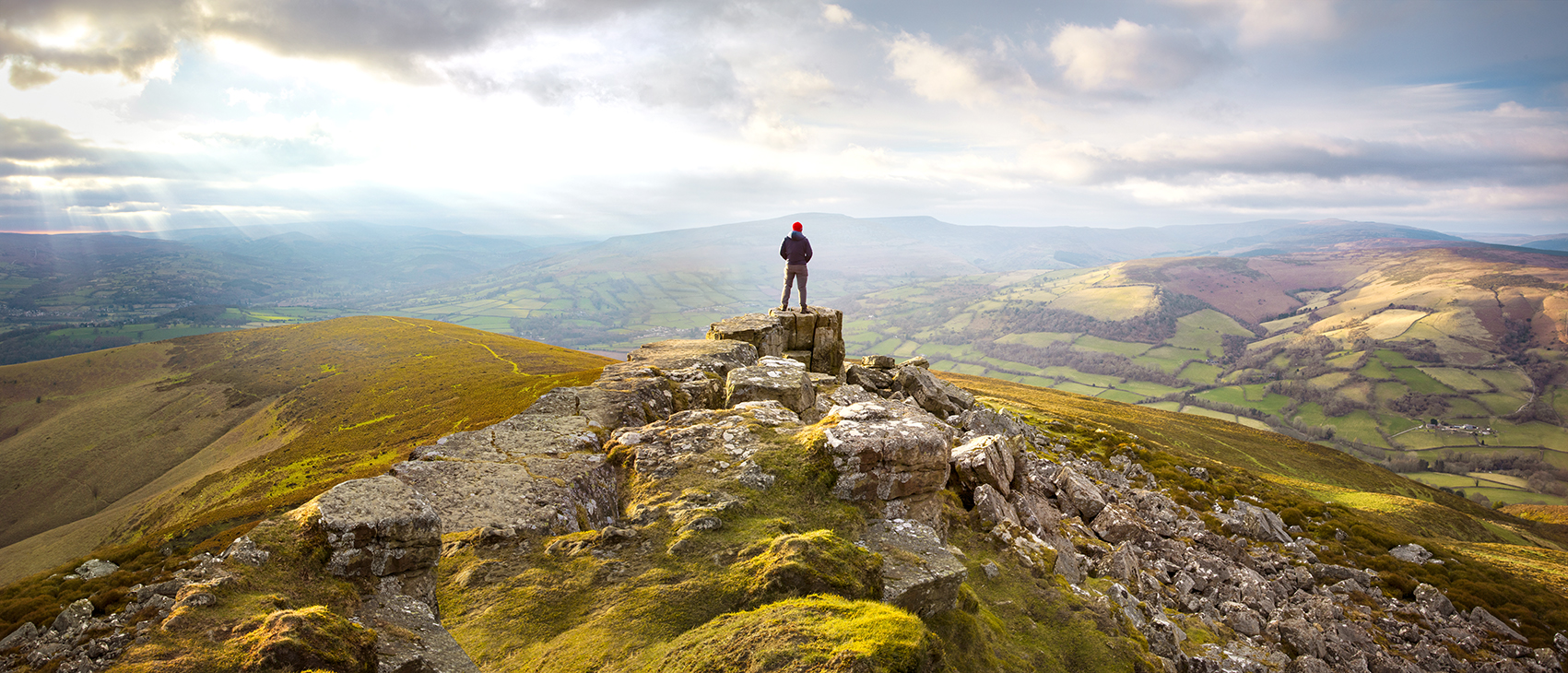DIN CEN/TR 16588
; DIN SPEC 19941:2014-06
Manual measurement of snow water equivalent; German version CEN/TR 16588:2014
Manuelle Messung des Schneewasseräquivalents; Deutsche Fassung CEN/TR 16588:2014
Procedure
Technical Report
Overview
Snow water equivalent (SWE), also called "water equivalent of snow", is the depth of water that would be obtained by melting the snowpack in a given area, and is normally expressed in millimeters. In other words, SWE corresponds to the mass of snow over a given area. Measurements of SWE in snowpack, and new snow, improve the estimation of winter precipitation, especially in areas with a sparse network of meteorological stations. The measurements are mainly made for the purpose of estimating the spatial distribution of the total water content in catchment areas, as knowledge of the SWE in river basins is fundamental for estimating the expected snowmelt run-off. Information about snow accumulation and daily melt rate is essential in flood forecasting during the snowmelt season. SWE is also used in avalanche theory and forecasting, as well as for risk assessment of heavy snow loads. Furthermore, the data is important in glaciological mass balance studies and climate monitoring. The melt from polar ice sheets is a major factor in sea level rise. Methods and instruments, which have been developed for determination of SWE, are listed in Annex A. The first station networks with manual SWE measurements were established in the early 20th century at meteorological institutes in North America and Europe. Today the measurements are made routinely at federal and national meteorological and hydrological institutes, within the hydropower industry, and by universities, in cold climate countries all over the world. Annex B shows a list of manual SWE measuring bodies in Europe. Automated methods have been developed to be used in remote areas, as well as to enable continuous recording, but manual measurements are still more common, as they can provide high quality data for a relatively low capital cost. The importance of manual measurements is also reflected in their use as reference to other SWE measuring methods. This document (FprCEN/TR 16588:2013) has been prepared by Technical Committee CEN/TC 318 "Hydrometry", the secretariat of which is held by BSI.
Document: references other documents
Responsible national committee
NA 119-09-10 AA - Hydrometry (CEN/TC 318, ISO/TC 113)


